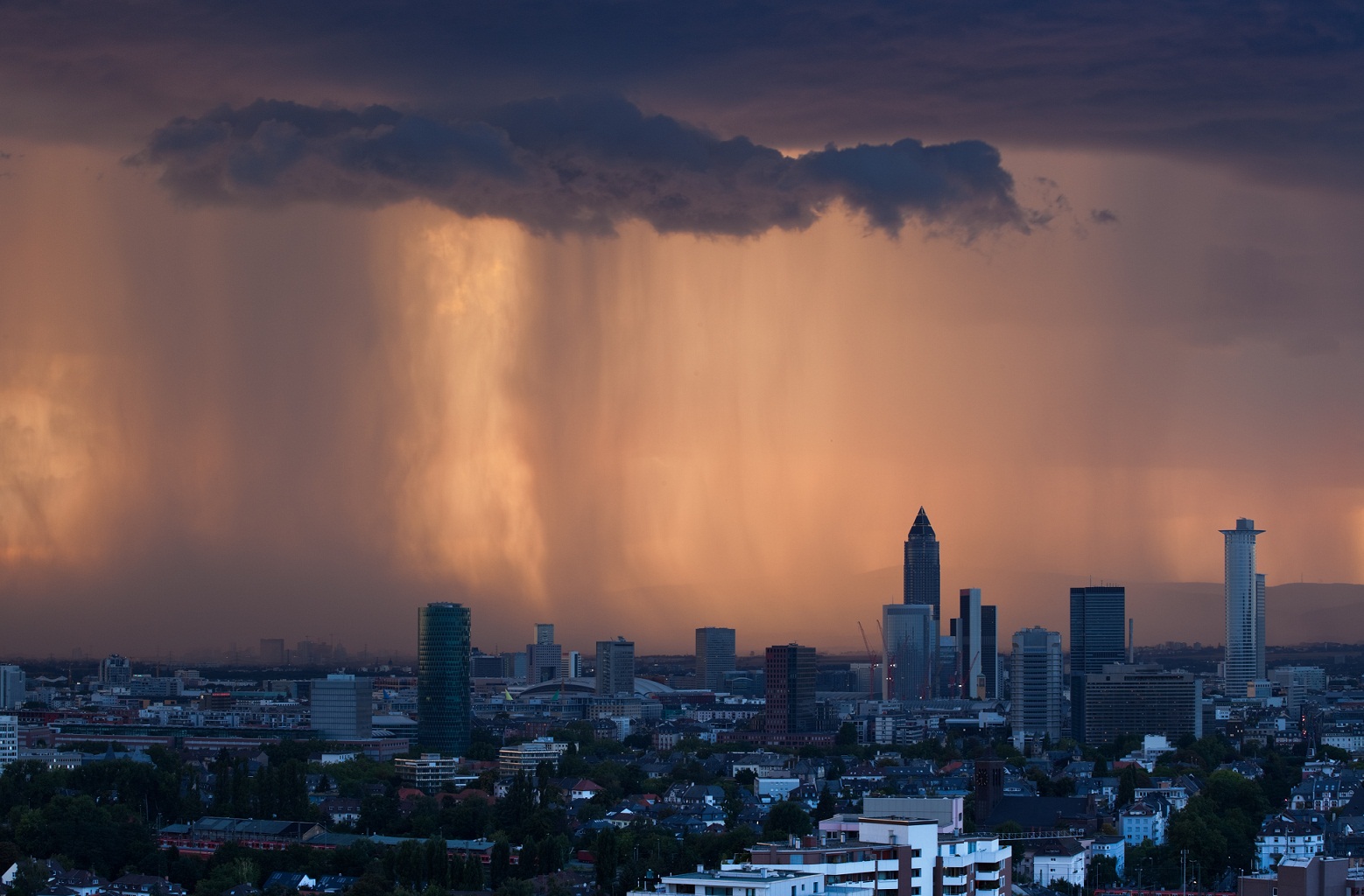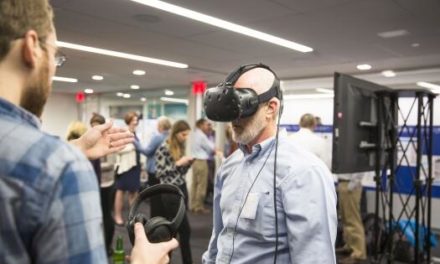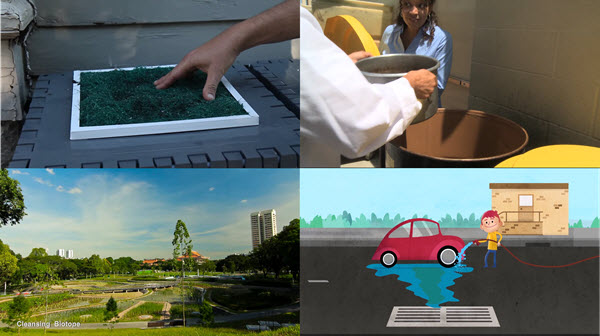Thomas M. Grisa, director of public works at the City of Brookfield, Wisconsin
The 100-year rain storm is understood poorly by the public — this can lead to confusion or worse. Unlike rainfall events, natural disasters, including earthquakes, tornadoes, and hurricanes, are not rated using recurrence intervals. Instead, they use straightforward scales, such as the Richter, Fujita, and Saffir-Simpson scales that rate the severity of the event, not the rarity of the event. The public understands that, in general, the higher the number, the worse the event.
The current rating for rain events uses recurrence intervals based on the probability of a storm occurring. The system defines how rare the storm is, not its severity. While it is generally true that severe storms happen rarely, defining storms by their frequency misleads the public into thinking that once the storm happens, it will be a long time until it happens again. Instead, defining storms by their severity impresses on the public that these can be significant — but not necessarily rare — events, and that they should consider protecting themselves to minimize the storm’s consequences.
One solution is to develop an alternative system similar to the rating of other natural disasters. One example, called the Rain Storm Severity Index, rates rain events on a scale of 1 to 10 based on the storm’s severity. This rating system builds on existing and accepted hydrologic science, so there is no change in background data or analysis. It does, however, change the designation from a recurrence interval to a simple scale for presentation to the public in much the same way that a graphic user interface makes computer programs easier to use.
Public Understanding of the 100-Year Storm
The average person would say the 100 year storm is rare, happens only once every 100 years, and is extreme in nature and effect. He or she might not understand that the 100-year storm can be of various durations, intensities, and total rainfall falling on a defined curve for such an event. Further, the average person would not expect two 100-year storms to occur in subsequent years or five to occur during just 14 years.
According to the Minnesota Climatology Working Group within the State Climatology Office at the University of Minnesota, “One of the more misleading phrases used in meteorology and hydrology is 100-year storm. The phrase implies that an intense rainstorm, dubbed as a 100-year event, dropped rainfall totals heretofore unseen for 100 years and not to be experienced again for another century. This is a logical, but incorrect, conclusion to draw from the phrase. More precisely worded, a 100-year storm drops rainfall totals that had a one percent probability of occurring at that location that year. Encountering a 100-year storm on one day does nothing to change the probability of receiving the same amount of precipitation the very next day. A better way to describe these unusual events is to refer to a one percent probability storm.”
This suggested designation is now used by the U.S. Army Corps of Engineers and the Federal Emergency Management Agency. However, it still focuses on rarity rather than severity, and is just as confusing, since it has been shown that the public does not understand probabilities.
An Alternative Rating System
The Rain Storm Severity Index was first conceived after the Wisconsin city of Brookfield experienced its third 100-year storm in 11 years. Originally, the recurrence interval was simply converted into a scale from 1 to 10 but later incorporated adjustments to account for rain storms with different durations and intensities (see the formula below).
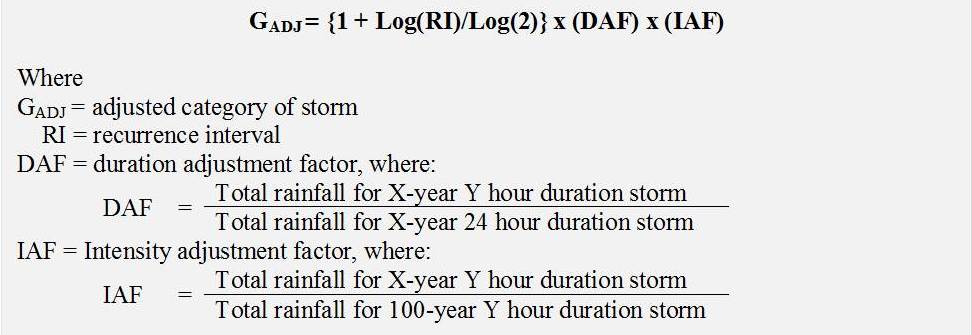
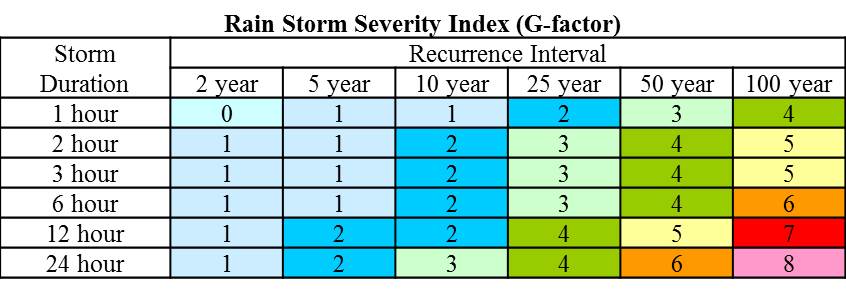
The Rain Storm Severity Index displays the G-Factor rating for storms of different recurrence intervals and durations.

The G-Factor rating scale can also be presented with a series of curves depicting total precipitation versus duration of the rain event.
When applied to the five 100-year storms that occurred over 14 years in Brookfield, the ratings do not give the impression that the 100-year storm is rare. This designation merely shows the public that they are severe. A severe storm could happen again, so the public should consider taking precautions to protect themselves against future events.

*Based on hydrometeorological data from the National Oceanic and Atmospheric Administration (NOAA) and a technical report from the Southeastern Wisconsin Regional Planning Commission
Many people believe that a 50-year storm has 50% of the total rainfall from a 100-year storm, so the 100-year storm is twice as “bad” as the 50-year storm. In actuality, rain from a 50-year storm is about 87% that of a 100-year storm, so it is almost as severe. Using the Rain Storm Severity Index, it is more clearly understood that the Category G-6 storm is almost as severe as the Category G-7 storm, being only one number away.
While the rating system was developed for the conditions in southeastern Wisconsin, stormwater professionals and others can use this method throughout the country based on current hydrometeorological data, which is available from the U.S National Oceanic and Atmospheric Adminstration.
Criticism and Defense of This System
Some have criticized this system for being too simplistic. But it needs to be simple to improve public understanding. Software engineers add graphic user interfaces to help people use their programs more easily. This is the same concept. This system does not change the basis for developing rainfall categorizations (i.e. recurrence intervals) but merely adds a template on top of the technical background to help people use the information more easily.
Some have suggested including an adjustment factor for variables that affect stormwater runoff or flooding, such as antecedent moisture condition. This, they argue, would account for increased runoff from rain events occurring when soils are saturated. However, that would make this a rating for stormwater runoff — an effect of the storm — rather than the rain event itself. Factors affecting runoff from rain storms include slope, soil type, topography, impervious surface cover, and more — which can change block-by-block. These are factors that engineers and hydrologists use to determine runoff, and there are already a myriad of computer programs available to calculate and model runoff. However, these factors do not enter into the Rain Storm Severity Index because it is a measurement of the rain event — not the rain event’s effects.
One should remember that other rating systems rate natural disasters or weather events, not necessarily the event’s effect. The effects of earthquakes, for example, are different depending on soil conditions. Stiff clays respond differently than sands and silt. Other factors affecting an earthquake’s effect include the type of construction materials and building code standards used during construction. These do not, however, change the Richter scale rating of the earthquake itself. Accordingly, the Rain Storm Severity Index is similar in principle, rating the rain that falls, not the effect of the rain.
Why use the Rain Storm Severity Index?
First and foremost, the Rain Storm Severity Index could help the public better understand the severity of rain events. This improved understanding should provide a basis for better decision-making. People can use this knowledge to protect themselves and their property. Emphasizing severity over rarity creates an impetus for people to act now rather than in the future. Under the current system, larger events such as the 100-year storm are considered beyond the lifetime of most, so the public generally does not support improvements to the stormwater drainage system or flood control. However, the new rating system emphasizing severity over rarity may prompt a more deliberate review of solutions compared to costs. The rating system could also motivate home improvements that address small, but more frequent events, which can still cause localized flooding and property damage.
Secondly, and equally as important, this system frees the stormwater professional to focus on identifying stormwater management alternatives rather than explaining the probability of extreme rain events. As was the case in Brookfield, the public can become confused when multiple 100-year storms occur in less than 100 years. Using the severity of the storm improves the professional’s credibility in the public eye, and the public is more likely to take their advice.
About the Author
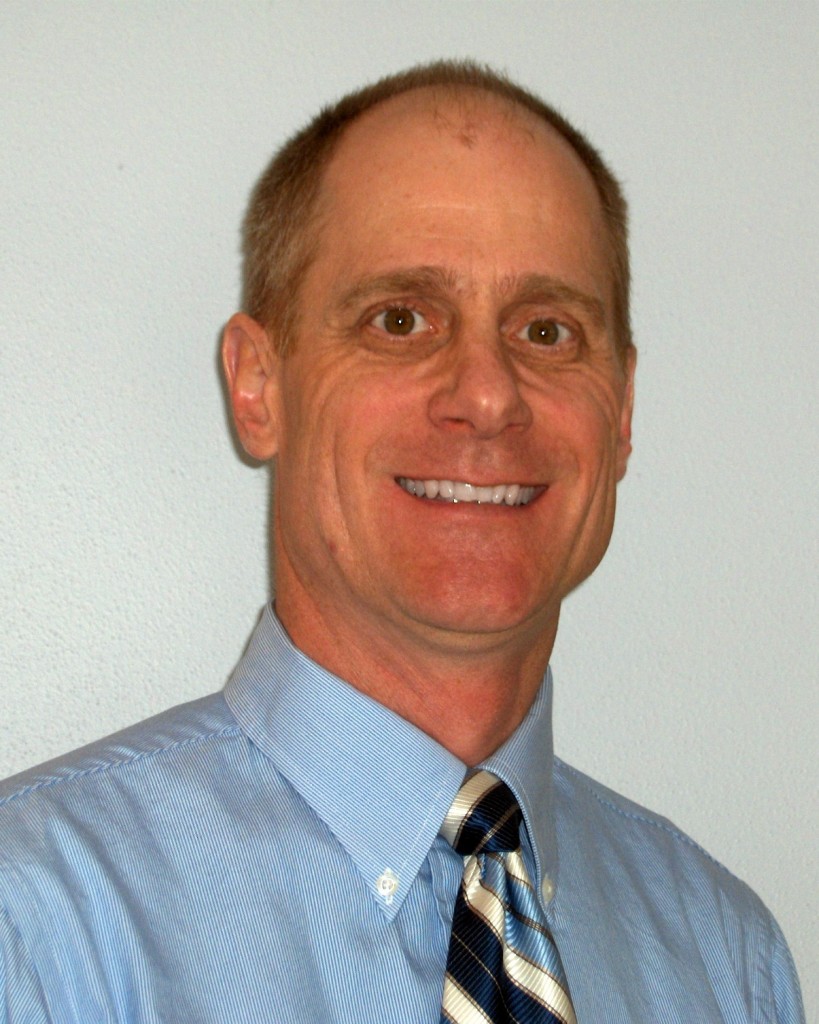 Tom Grisa is the Director of Public Works for the City of Brookfield, Wis., where he has served for the past 14 years. He holds a Bachelor’s degree in Civil and Environmental Engineering from the University of Wisconsin. Grisa’s experience includes working for private industry, two engineering consulting firms in the Chicago and Milwaukee metropolitan areas, and two municipalities in southeastern Wisconsin. Grisa was selected as a 2012 Top Ten Public Work’s Leader of the Year by the American Public Works Association and is a Fellow with the American Society of Civil Engineers.
Tom Grisa is the Director of Public Works for the City of Brookfield, Wis., where he has served for the past 14 years. He holds a Bachelor’s degree in Civil and Environmental Engineering from the University of Wisconsin. Grisa’s experience includes working for private industry, two engineering consulting firms in the Chicago and Milwaukee metropolitan areas, and two municipalities in southeastern Wisconsin. Grisa was selected as a 2012 Top Ten Public Work’s Leader of the Year by the American Public Works Association and is a Fellow with the American Society of Civil Engineers.
Sorry, there are no polls available at the moment.

